Technique: Oil, tempera on paper
Dimensions: 20.5 x 31 cm
Framed under glass.
Signed in the middle under Emil Filla: 26
Dedication cut out on the back
Emil Filla, baptized Emil František Josef (April 3, 1882, Chropyně – October 7, 1953, Prague), was a Czech Cubist painter, graphic artist, and sculptor.
Emil Filla was a versatile artist, primarily a painter and graphic artist, but he also worked as a sculptor, art expert and collector, theoretician, publisher, organizer, and diplomat. His distinctive personality shaped the direction of Czech cultural events shortly before the First World War, but it was of paramount importance in the interwar period.
He traveled frequently, especially before the First World War, to France, Italy, and Germany. The purpose of these trips was primarily to explore historical and contemporary fine art.
Fillo's theoretical texts were written primarily for the journal Volné směry, of which he was editor-in-chief. They reflect the problems Filla was solving in painting at that time and therefore provide a good key to understanding his work. A special chapter is devoted to the highly moving Buchenwald texts, which today serve more as testimonies of the period than as serious treatises on art, philosophy, history, etc. Filla describes one of them thus: "It is not a book. Nor is it a diary. I wrote it in Buchenwald so as not to perish." Considerable emotionalism, a lack of systematization, and, in essence, the approach of an ardent dilettante are characteristic of all of Filla's texts, and it is therefore necessary to approach them in this manner.
Filla was an expert in fine arts and crafts. He amassed a significant collection of objects from the Middle Ages to the 20th century. A significant part of his collection consisted of a group of Renaissance bronzes, mainly Italian. Since the 1920s, his main collecting interest has been in non-European art. The most important part was Chinese art from archaic times to Fill's contemporary Qi Baishe. Another part of this collection included art from Japan, the Middle East, Asia Minor, Egypt, and the art of indigenous cultures from Africa, Oceania, and post-Columbian America. According to Marcela Rusinko, this is the most important collection ever assembled by a 20th-century Czech artist.[14] Filla bequeathed the collection to his wife, Hana Fillová. It was only after her tragic death in 1958 that the state began to require the donation of the collection by Hana Fillová's sister as an heir. In 1959, items from Peruc Castle were inventoried, including Filla's paintings and items from his villa in Ořechovka. The initial proposal to transfer 435 items from the collection, valued at 1.62 million crowns by the standards of the time, was intended as compensation for 279 items left to the heirs (valued at 740,000 crowns).


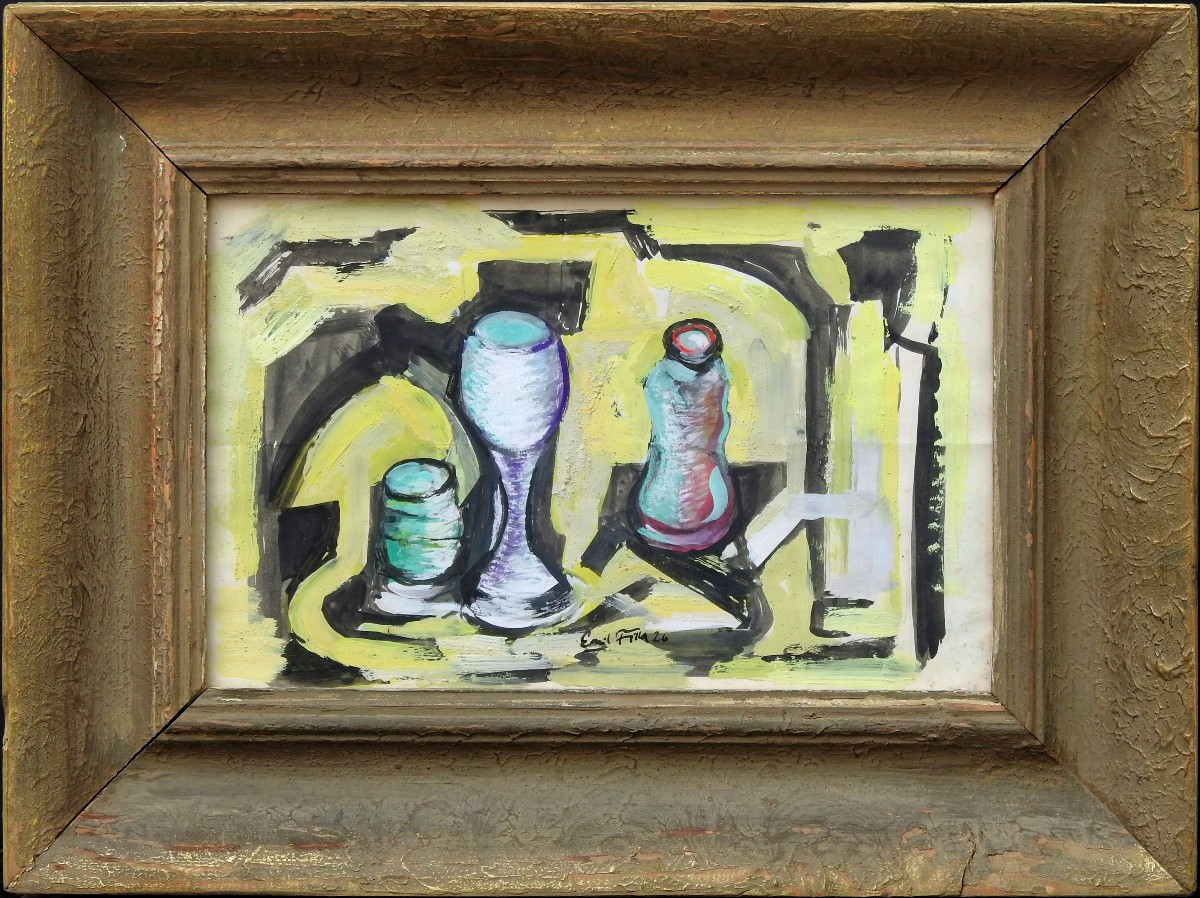
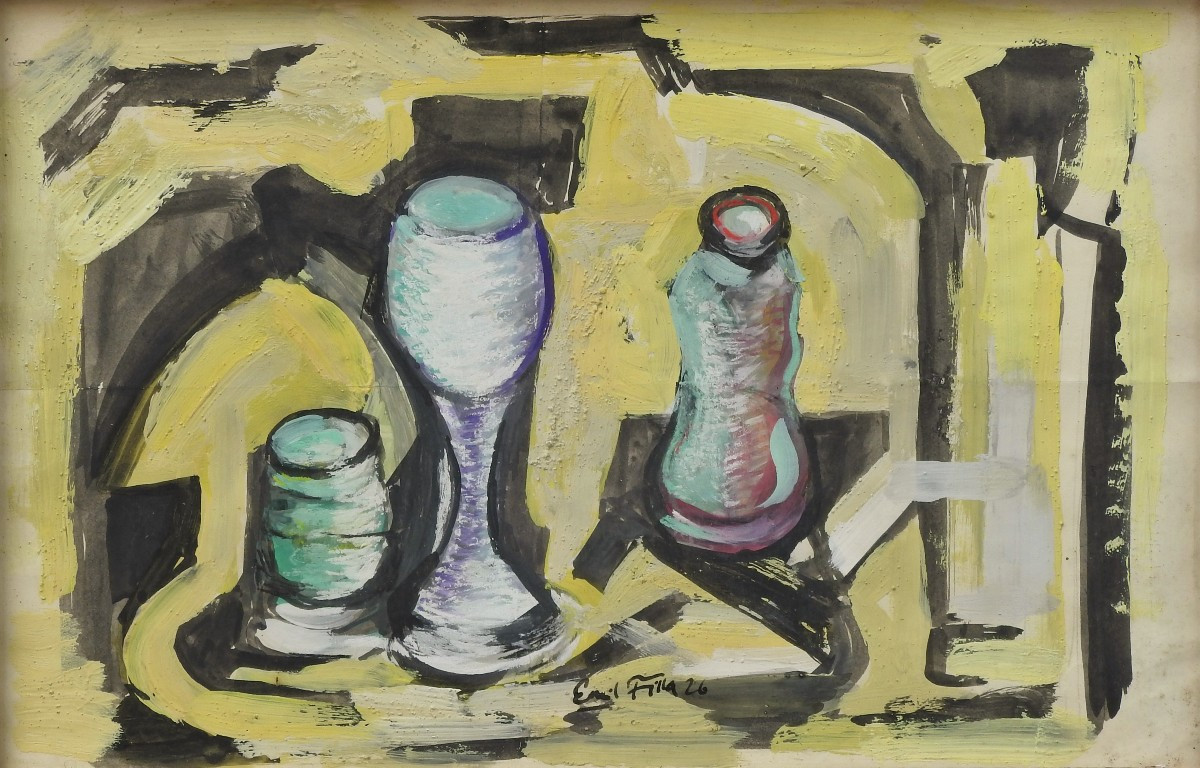
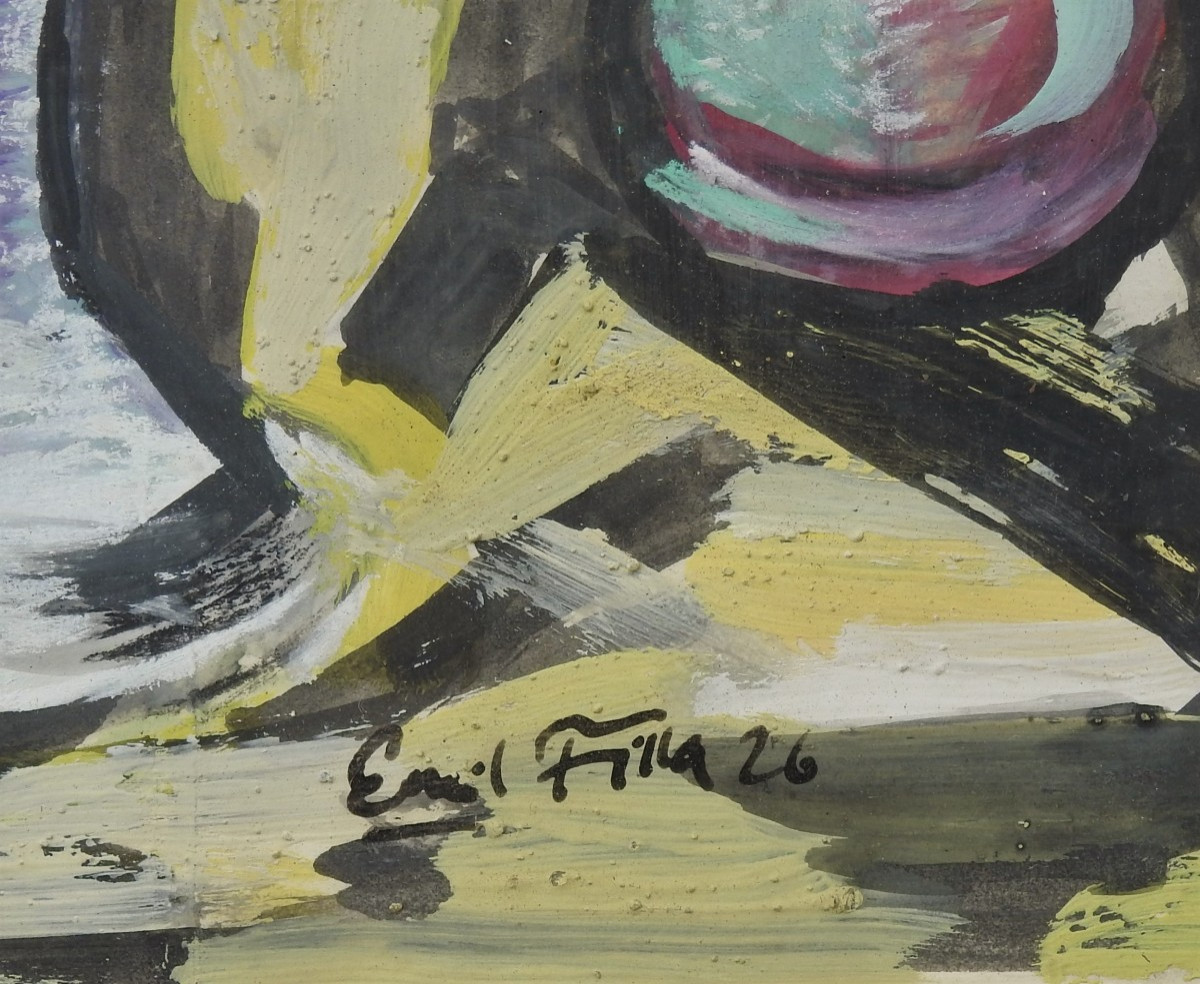
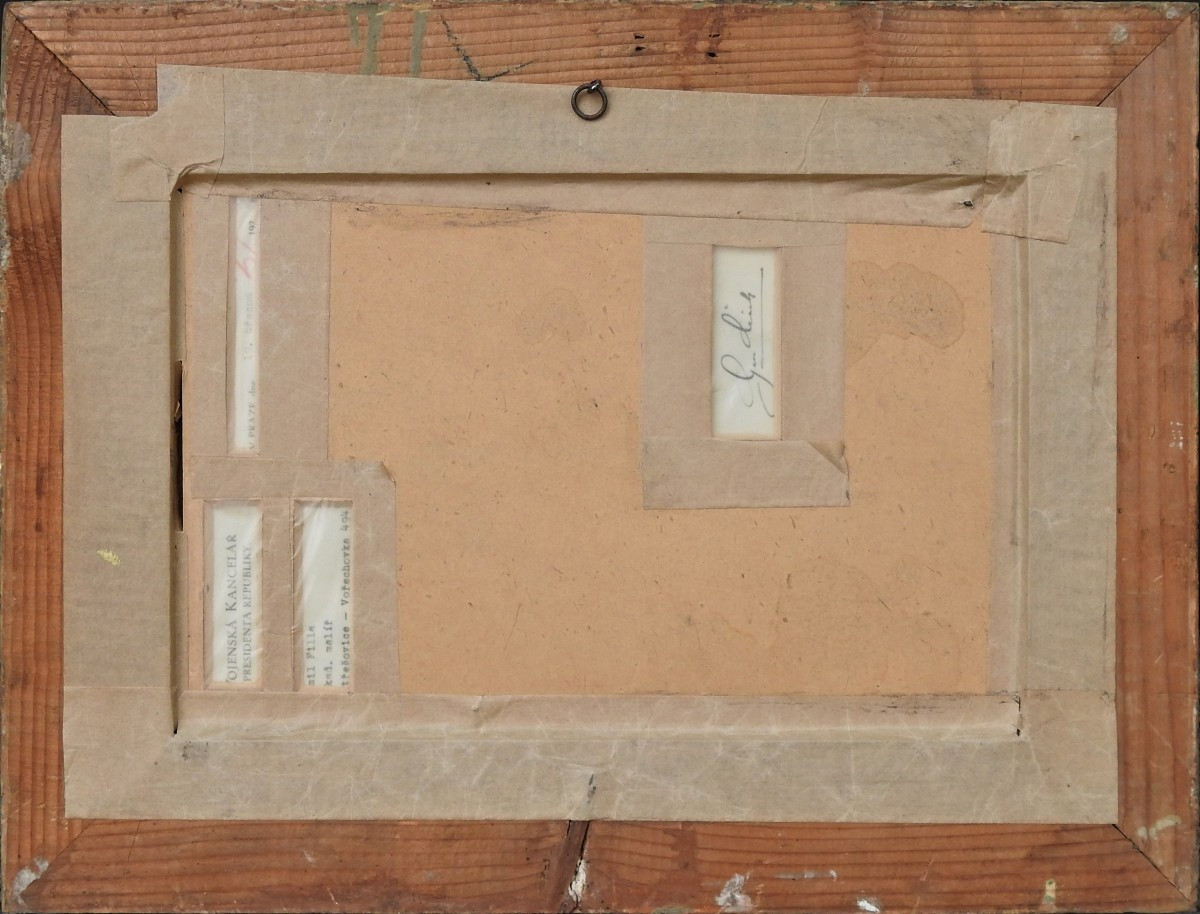
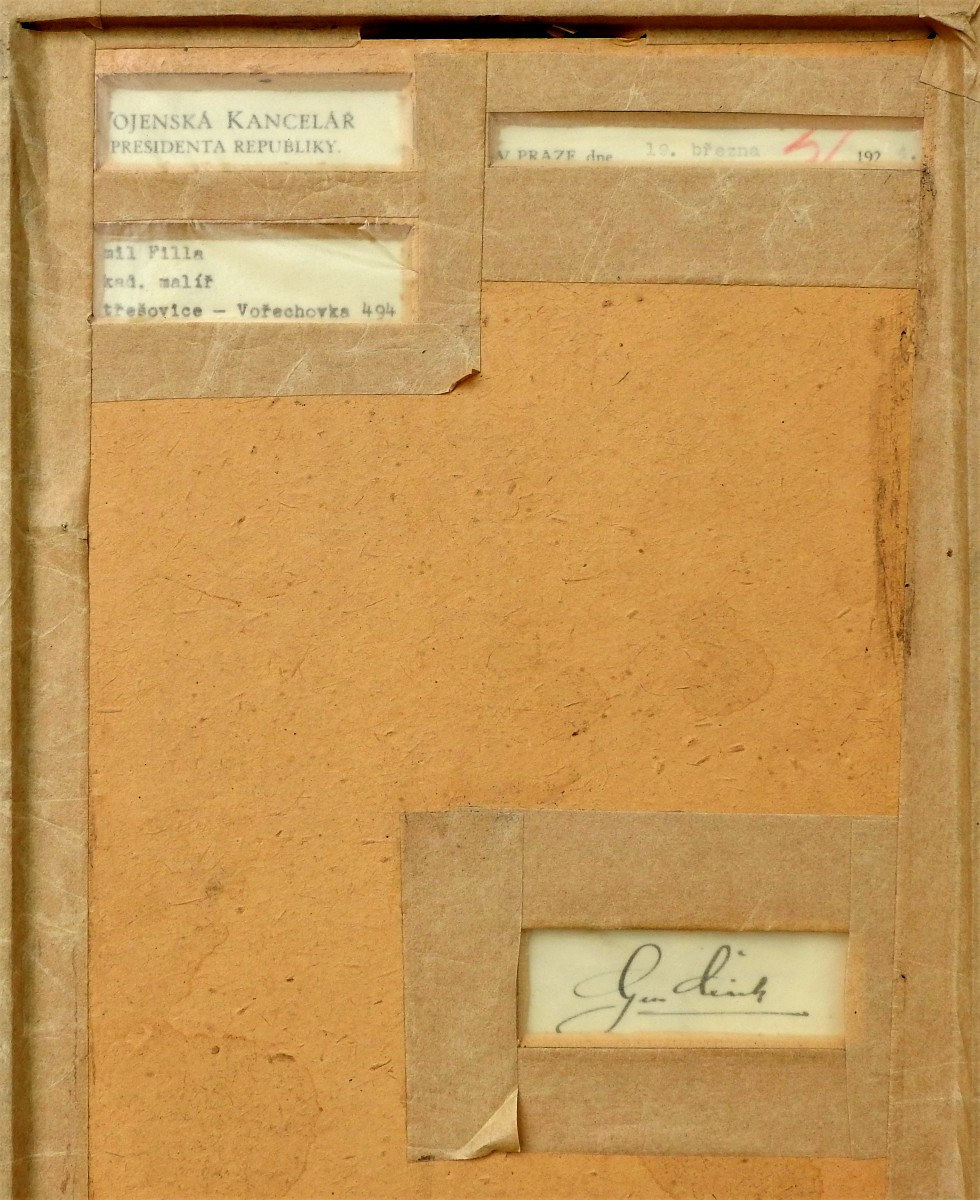
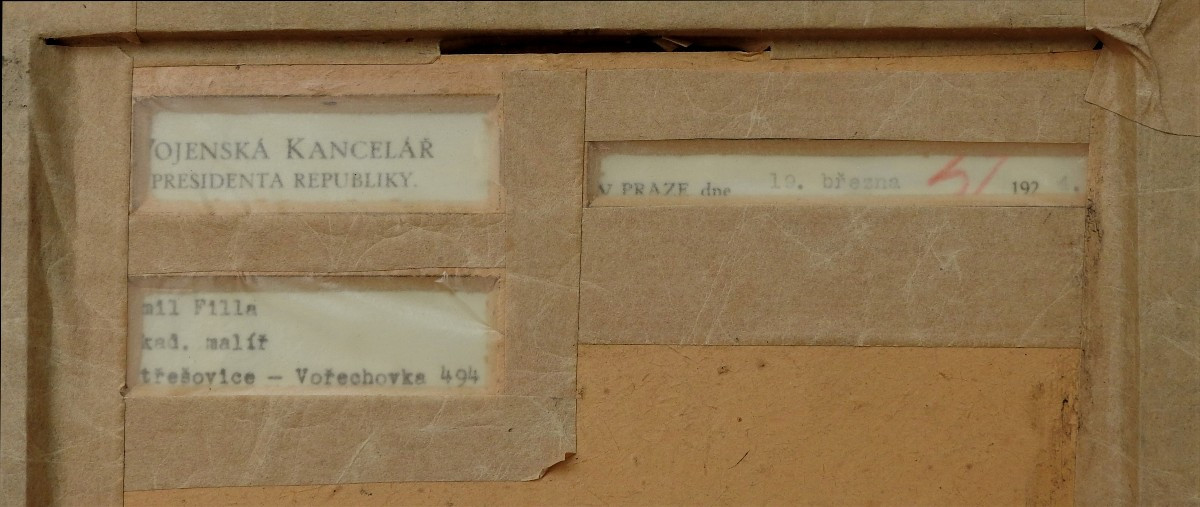































 Le Magazine de PROANTIC
Le Magazine de PROANTIC TRÉSORS Magazine
TRÉSORS Magazine Rivista Artiquariato
Rivista Artiquariato